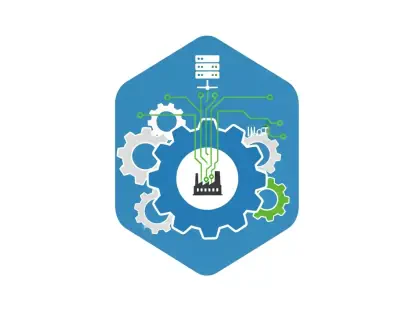The electric bike market in India is undergoing a transformative period influenced heavily by regulatory changes, particularly the FAME-II program. As the government enforces stricter compliance on subsidies meant to boost electric vehicle manufacturing, there is a considerable shift in market dynamics. Various stakeholders, from major manufacturers to smaller companies, are experiencing profound impacts as new regulations reshape the industry’s landscape and influence India’s broader clean mobility transition.
Overview of the E-Bike Industry Amid Regulatory Changes
The Indian e-bike industry, inherently critical to the nation’s green mobility vision, is currently navigating challenging waters due to evolving regulatory frameworks. This sector encompasses a wide array of companies, from established brands to emerging players, adapting to innovations and technological advancements. With government policies playing a pivotal role in the industry, e-bike manufacturers are obligated to comply with new standards, which aim to localize production and reduce dependency on imported parts. The influence of significant market players like Bajaj Auto and TVS Motor adds unique dynamics to this competitive landscape.
Trends and Transformations in the E-Bike Market
Key Trends Shaping the Industry
Several key trends are shaping the evolution of the e-bike sector. First and foremost, technological advancements, such as battery efficiency and smart connectivity, drive growth. There’s also a shift in consumer behavior as individuals increasingly prioritize sustainable transport options. Market drivers include environmental consciousness and government incentives promoting electric vehicle adoption. Emerging opportunities lie in urban areas where e-bike adoption aligns with growing demand for eco-friendly transportation.
Market Growth and Performance Metrics
The e-bike market has experienced notable growth despite regulatory pressures. Market data reflects a complex tapestry of progress, with some companies capitalizing on their compliance advantage while others face declines. Current forecasts suggest a two-fold growth trajectory over the next few years as compliant players refine their strategies and expand their market shares. Performance metrics indicate an industry grappling with regulatory challenges, but one that simultaneously holds substantial growth potential with continued innovation and strategic alignments.
Challenges and Complexities in the E-Bike Sector
The e-bike industry confronts several significant challenges that impact its evolution. Technological hurdles such as battery technology advancements and cost structures are prominent, compounded by stringent regulatory requirements demanding domestic sourcing of components. Non-compliance has led to financial penalties and market exits for several companies. Overcoming these challenges involves strategic partnerships, investment in research and development, and aligning with regulatory standards to ensure business continuity amidst a complex and changing landscape.
Regulatory Framework and Compliance Impact
The regulatory framework is a critical determinant of the industry’s functioning and sustainability. FAME-II mandates compliance with localization policies, applying pressure on manufacturers to meet prescribed standards. Non-compliance led to significant financial repercussions, including the suspension of subsidies and demands for repayment from non-conforming entities. Compliance plays a crucial role in not only securing financial incentives but also reinforcing corporate accountability and aligning with government aspirations for a cleaner, more self-sufficient automotive sector.
Future Outlook of the E-Bike Industry
Looking forward, the e-bike industry anticipates several transformative shifts. Emerging technologies, such as enhanced battery systems and integrated smart features, promise to redefine product offerings. Potential market disruptors include new entrants and innovative business models that may challenge established players. Consumer preferences increasingly lean toward sustainable solutions will likely drive further growth and innovation. Additionally, evolving regulatory frameworks may introduce new compliance challenges but are anticipated to foster an environment encouraging domestic manufacturing and technological advancement.
Conclusion and Strategic Recommendations
In conclusion, the e-bike industry has witnessed dramatic alterations driven by regulatory compliance imperatives. The fallout has highlighted the necessity for companies to adhere strictly to policy norms to maintain competitive advantages. Future strategies must prioritize compliance, innovation, and collaboration to leverage the industry’s growing momentum. Organizations should focus on strengthening local supply chains and investing in technology advancements to stay resilient and competitive. As the landscape continues to evolve, sustained partnerships and adherence to regulations will be pivotal for securing long-term growth and sustainability.









